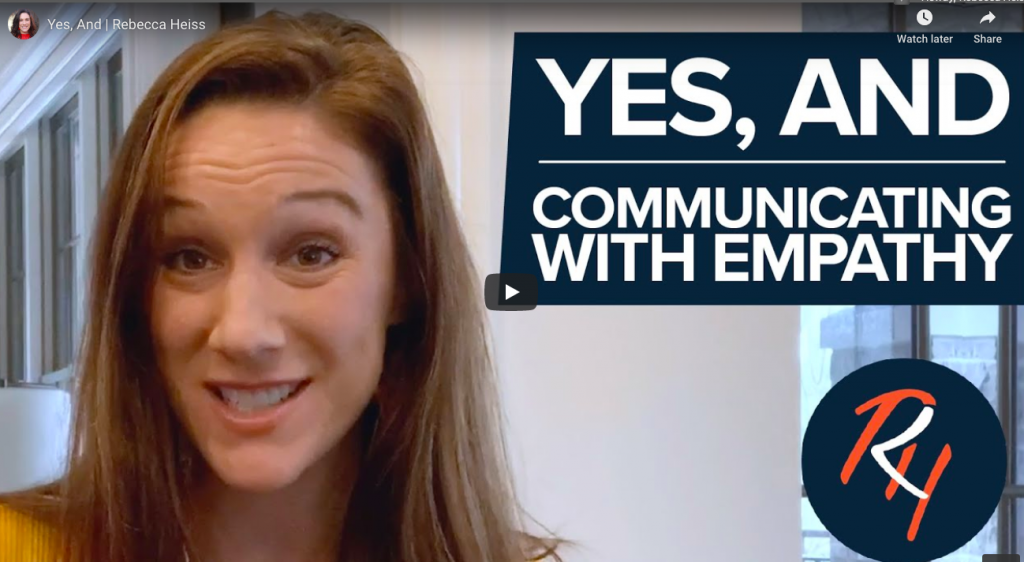The concept of manifestation has gained significant popularity in recent years, captivating individuals seeking to take control of their lives and shape their realities. While some dismiss it as mere wishful thinking, there is a growing body of scientific evidence that suggests manifestation is more than just “woo-woo”.
At the heart of manifestation lies the power of belief. Our brains possess a remarkable filtering system called the reticular activating system (RAS), which acts as a gatekeeper for our attention. When we focus our belief and intention on a specific goal or desire, the RAS becomes activated, heightening our awareness of opportunities and resources that align with our desires. In other words, what we believe to be true becomes our reality. Our beliefs, in fact, change our physiology, our emotional state, our sensory abilities, and therefore our actions and results. We prime our minds to recognize and seize opportunities that will bring us closer to our goals. We align our thoughts, emotions, and actions to “manifest” them into reality.
We possess more power than we realize to shape our realities. Too often I think we find ourselves seeking external solutions. Like Dorothy in “The Wizard of Oz,” we traverse the yellow brick road, hoping to find a wizard who can “cure us” or and guide us to our highest powers. But, what if the answer we’ve been searching for has been within us all along? When it comes to the magic of manifesting, you are your own wizard! Step out from behind the curtain and tap into the power that’s been yours all along. What reality do you want to create?

Want to learn more about the “how to?” Check out my video here.









